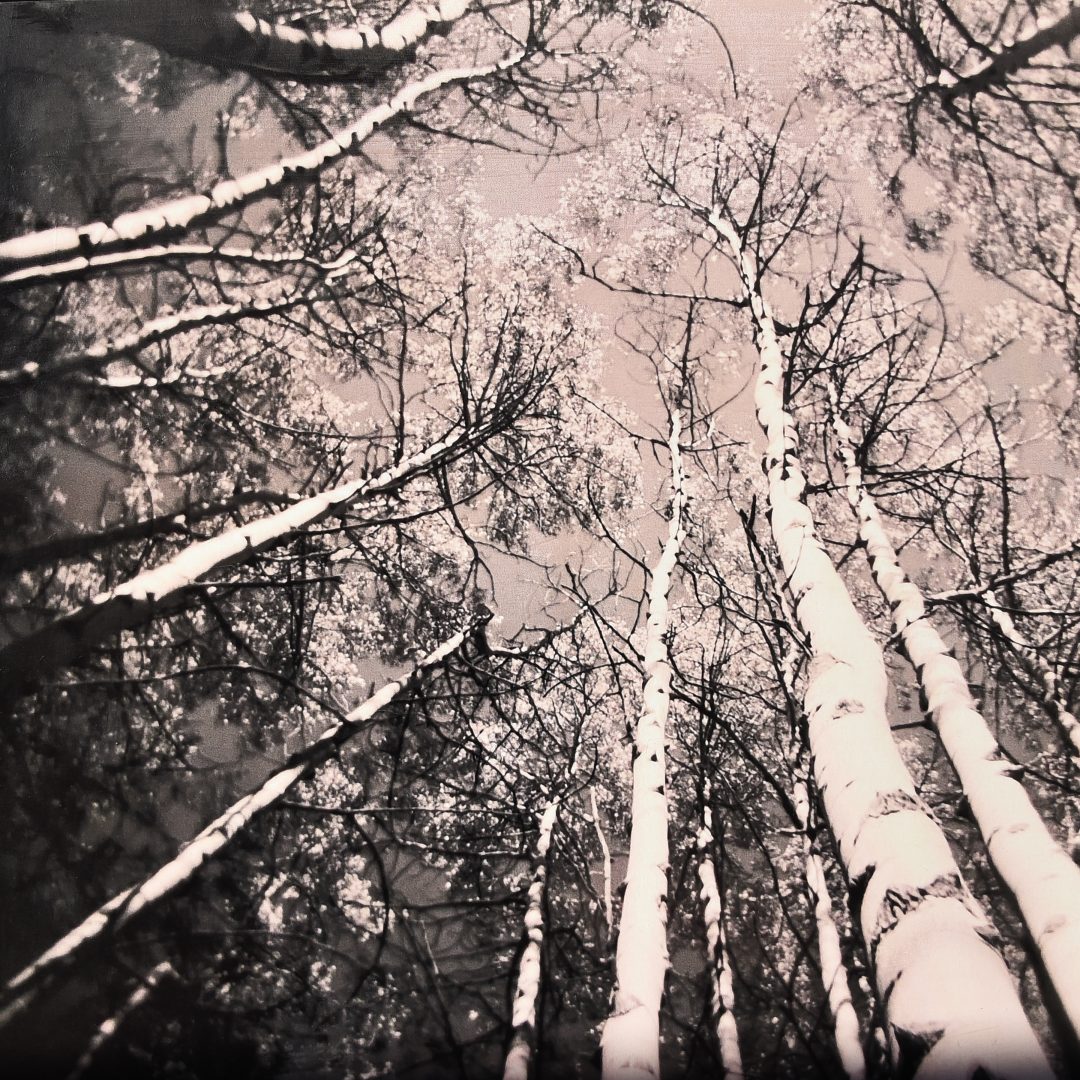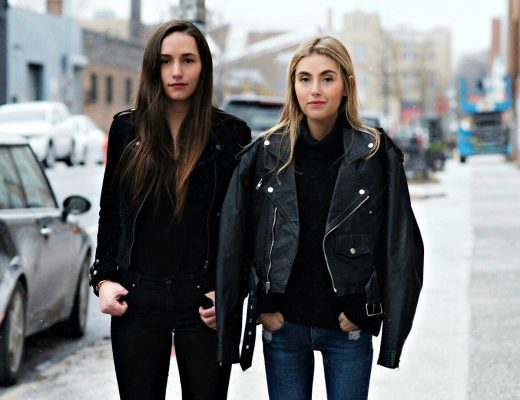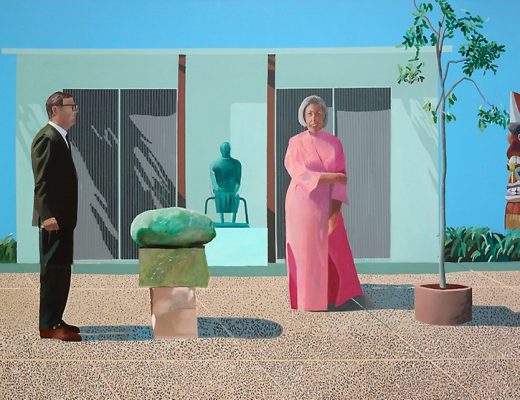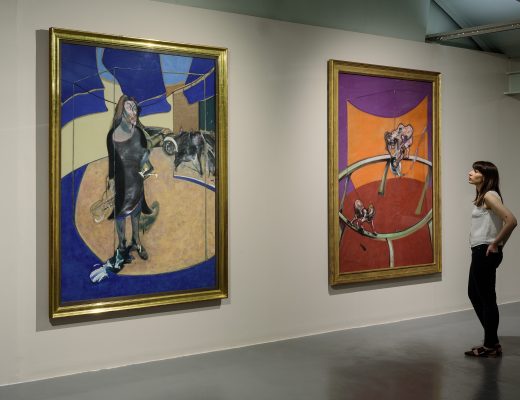When we imagine an exceptional camera, rarely does our mind transfix on an inexpensive Hong Kong made instrument, but the Holga is no ordinary camera, nor are professional photographers its typical user. Carmel Valley based artist, Molly McCall, is one of the devices greatest advocates. To learn more about the Holga’s unique properties we sat down with McCall for a deep dive Q&A on how she captured the natural beauty of Aspen through her Holga’s lens.
How did you learn about the Holga camera?
“A fellow darkroom photographer first introduced me to the Holga camera and I was instantly interested in the effects of the plastic lens because of the diffusion and optical distortion that it created. I was already using my other film cameras with a soft-focus technique, so the possibility of taking that further was intriguing to me. The ephemeral images that come from the Holga perfectly conveyed my interest in exploring memory and the passage of time.
There’s a spontaneity that I felt when I first starting using a Holga camera in 2004. It’s as if my interest in photography had fallen asleep, and suddenly it was awakened. There’s nothing precise or planned with a Holga; it’s all about chance; and it allows room for experimentation. I had studied antiquarian photographic processes in art school in Laguna Beach and later discovered pictorialism, an artistic photography movement from the late 19th and early 20th centuries that emphasized using photography to mimic painting. I was immediately drawn to this transitional art period when photography was beginning to be thought of as a creative process rather than purely for documentation. I quickly could see that the Holga provided an image that I could incorporate with other artistic techniques.
The loose definition of subjects and the distortion around the edges gave me a doorway into a more creative way to work with my photos. Finally, I could marry my two interests—painting and photography—which I had been chasing for decades.”
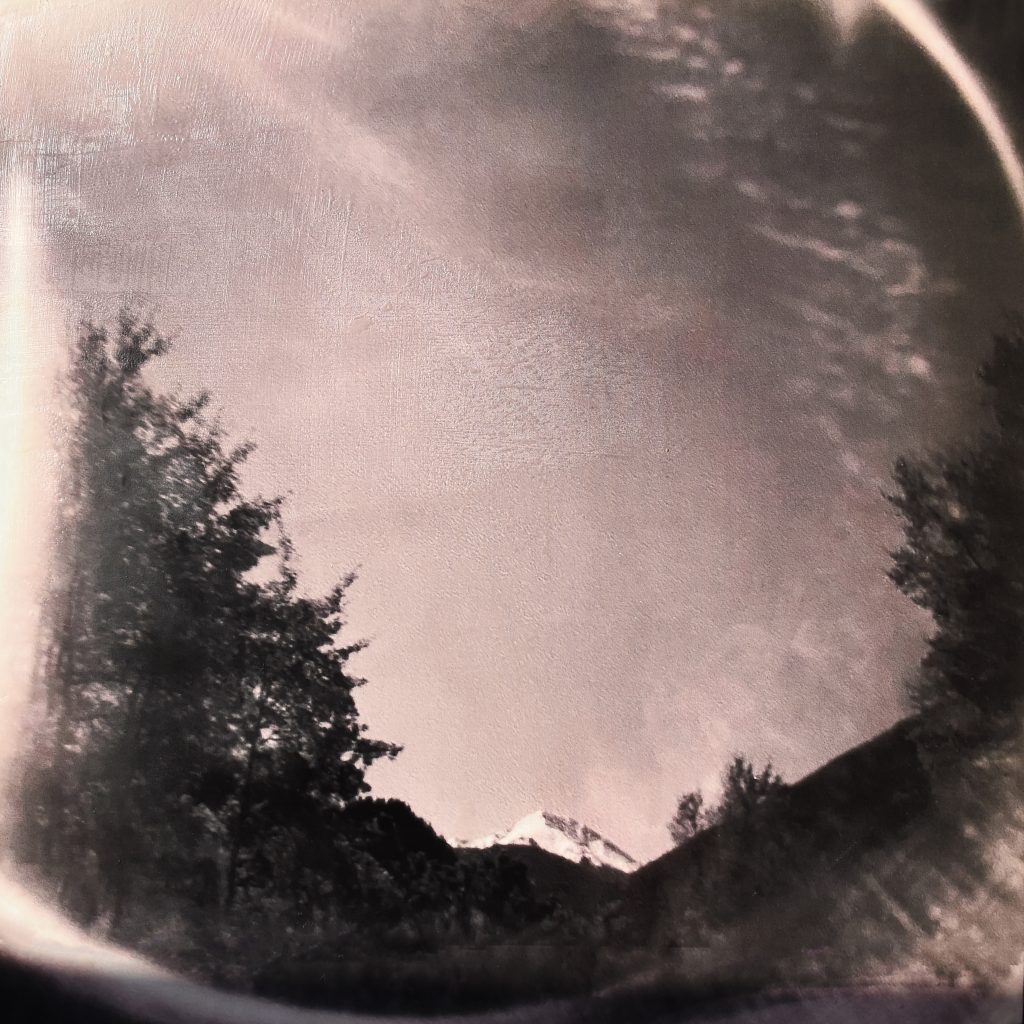
What was the inspiration for this series on Aspen?
“I have a great reverence for nature and the landscape; the endless cycles of life and change all hold poetic meaning for me. As my travels are usually planned around the natural landscape, parks, mountain ranges, water, etc., I like to read about the history of these places and the influence that their natural beauty had on other artists, writers, and explorers. My work almost always begins with a literary reference, a poem, or a title, which opens up the door to begin a dialogue.
These Aspen images are part of my fascination with the West, and the natural beauty that drew pioneers this way; the expansive sense of freedom to build a life and an identity of one’s own choosing; to be closer to nature, animals, and the elements. It’s all very poetic to me and I found Aspen presented a unique landscape with the native Aspen trees, which hold such energy and inspiration. The way the light reflects off the light bark and dances through the delicate lacy leaf formations is extraordinary.
The mountains are equally as powerful, with their glacial striations and formations reflecting time and history, and most of all, possibility. My work often includes themes of memory, beauty, the passage of time, and belonging, which have all been present in my imagery over the past two decades. The combination of the Holga imagery with the encaustic medium creates a beautiful ethereal veil that humanizes those thoughts. The wax adds a warm, tactile surface while diffusing the image underneath, and slightly abstracts the imagery in a way that allows room for the viewer to place their own feelings into it. It’s a slow, evolving process that requires a lot of patience and waiting, and I find the work is more of a conversation as a result of the added layers.”
When you went to Aspen, did you only take the Holga?
“Yes. The Holga became my travel camera because it is so lightweight. The meniscus lens creates really interesting effects with natural matter, so it became my camera to use for landscape very easily. Using the Holga has also become part of my overall creative process— the spontaneity of image making is more exciting to me with a Holga than using any of my conventional cameras. The randomness of the results are like “living on the edge,” and with a Holga, there is only one shot, there is no backup, like a digital camera with a chance to capture multiple images. With all its quirks and oddities, you hope something odd happens—some light leak, or distortion—it’s what sets a Holga image apart.”
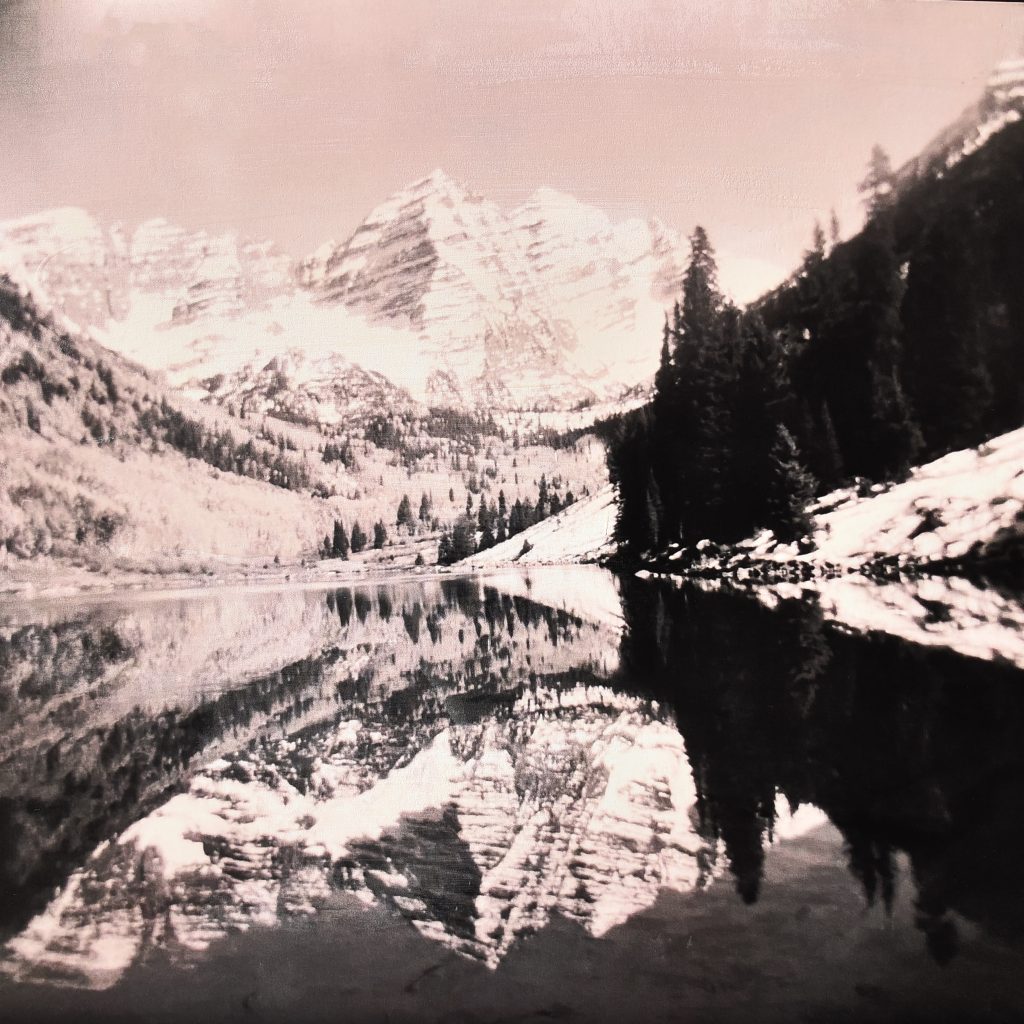
How did you create these images of Aspen?
“I had a studio visit with a friend from Aspen last spring and was showing her my recent work taken locally in Carmel while hiking during the COVID lockdown. Lushly treed landscapes, with oil paint and wax. She mentioned that she would like something similar, but for her house in Aspen, and could I send her some ideas. I immediately thought of these Holga images that I shot in Aspen while traveling with my husband through Colorado several years ago en route to his godfather’s ranch in Montana. I asked her to send me photos of the walls where the images would be installed, and using Photoshop, I dropped my images onto her photos, and she could see exactly what they would look like in place. I sent her several choices and she chose the diptych titled “Unintended glimpse”, a phrase I borrowed from a John O’Donohue poem.
The process I chose for this diptych included several steps starting with the original film negative shot with the Holga camera, scanning, printing on to archival canvas, then stretching the images over two Birch Wood panels. The canvas images were then covered in layers of encaustic medium, a combination of natural beeswax and Damar resin.
Using a gas handheld blowtorch, the wax was slowly melted away using a natural goat bristle paintbrush, revealing the images underneath, excavating the photographs through the cloudy, diffused wax. The process is similar to dodging and burning in the darkroom, as you select areas of importance in the image to reveal, and conceal others with the opaqueness of the wax. After many experiments, I realized that encaustic was the perfect, natural medium to complete my photographs. I’ve worked with many different surface materials such as resin, varnish, fiberglass, cold wax, gel medium, and glue, but I like this soft diffused effect from the encaustic the most.”
IMAGES COURTESY OF: MOLLY MCCALL

